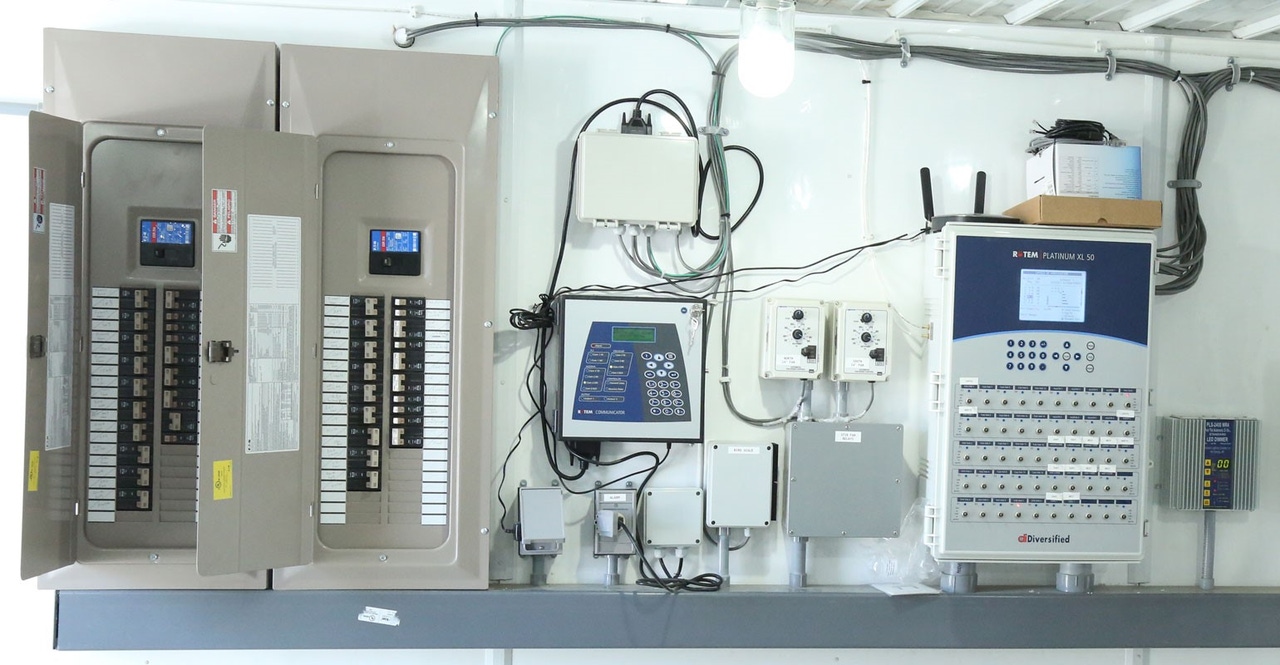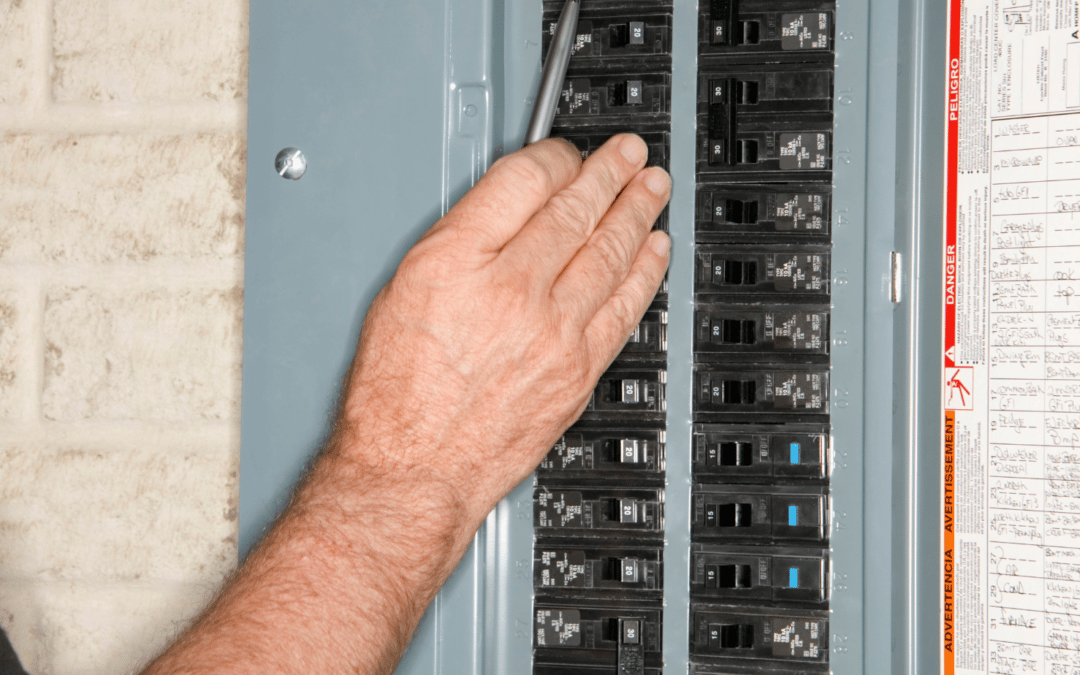Top Tips for Effective Electric System Troubleshooting
Repairing electrical systems requires a methodical method, grounded in a detailed understanding of electric concepts and safety and security procedures. The subtleties of reliable repairing prolong beyond simple technical understanding; understanding how to record searchings for and focus on safety and security can dramatically affect end results.
Understand the Essentials
Recognizing the basics of electric systems is essential for reliable troubleshooting, as a strong foundation permits technicians to diagnose and resolve issues extra successfully. A thorough grasp of electrical concepts, such as voltage, existing, resistance, and power, is critical in identifying the root creates of troubles. Voltage is the electrical potential distinction that drives existing with a circuit, while resistance opposes the flow of existing, affecting the general capability of the system.
Experience with circuit components, including resistors, capacitors, diodes, and switches, is additionally critical. Each part plays an unique duty in circuit habits and can influence performance when malfunctioning. In addition, understanding collection and parallel circuit setups is vital, as these plans affect the distribution of voltage and present within the system.
Moreover, understanding of safety and security procedures is indispensable. Technicians need to understand possible dangers, such as shock and brief circuits, to apply secure troubleshooting practices. By grasping these fundamental concepts, specialists boost their capacity to perform effective diagnostics and repair services, eventually bring about improved performance and dependability of electric systems. This fundamental expertise is the cornerstone of effective troubleshooting endeavors.
Gather Necessary Equipment
Efficient troubleshooting of electrical systems needs the best collection of tools to identify and fix problems precisely. A fully equipped service technician can dramatically boost effectiveness and efficiency in determining problems. Important devices include a multimeter, which gauges voltage, existing, and resistance, permitting for precise evaluations of electrical components. Clamp meters are additionally useful for determining present without disconnecting the circuit, ensuring safety and security and ease.
Furthermore, insulated hand devices such as screwdrivers, pliers, and wire pole dancers are essential for safely adjusting electrical connections. It is likewise advisable to have a circuit tester handy to confirm the presence of voltage in electrical outlets and wires. For even more complex systems, a thermal imaging electronic camera can assist detect overheating components, indicating possible failures.

Adhere To a Systematic Approach
Having gathered the appropriate tools, the next step in troubleshooting electrical systems is to follow a systematic method. A systematic method makes sure that service technicians can recognize mistakes effectively and accurately, minimizing downtime and avoiding unnecessary repair services.
Begin by assessing the system's schematic representations and specifications. This involves checking each component systematically, beginning from the power resource and working towards the load.
Utilize testing devices, such as multimeters and oscilloscopes, to gather unbiased information concerning voltage, existing, and resistance at numerous points within the system. This empirical proof will certainly lead your troubleshooting efforts and assist to validate or remove possible sources of failure.
In addition, take into consideration ecological elements that may influence the system's efficiency, such as temperature level changes or moisture ingress. An extensive evaluation of circuitry, links, and elements will certainly ensure that all possibilities are made up.
File Your Findings
Complete documents is important in the fixing process of electrical systems. Accurate records boost the efficiency of identifying repeating concerns and assist in interaction amongst staff member. Each searching for should be carefully kept in mind, consisting of signs observed, examinations conducted, and the outcomes of those examinations. electrical system troubleshooting. This method not just help in comprehending the root reason of the issue but likewise works as a referral for future fixing initiatives.

In addition, keeping a log of components replaced or repairs done is important. This information sustains supply monitoring and can aid evaluate the long life and integrity of details components.
Eventually, the paperwork procedure ought to be comprehensive yet succinct, allowing very easy access and evaluation - electrical system troubleshooting. By focusing on detailed documents, service technicians can create a useful expertise base that not just aids in existing troubleshooting but likewise encourages future maintenance efforts, thereby enhancing overall system dependability

Prioritize Precaution
Acknowledging the fundamental risks connected with electric systems is vital for my blog ensuring security throughout troubleshooting. Electrical shock, burns, and devices damages are just a few of the possible risks that professionals face. Prioritizing safety procedures is not only a lawful commitment however additionally a moral crucial that safeguards both the technician and the surrounding setting.
Prior to starting any kind of troubleshooting job, specialists must put on suitable individual safety devices (PPE), consisting of shielded gloves, shatterproof glass, and flame-resistant clothes. Guaranteeing that the job location is completely dry and without mess can substantially minimize the danger of mishaps. In addition, it is important to de-energize circuits prior to starting any job, confirming that they are not live read this via using a multimeter or voltage tester.
Developing clear communication protocols with team participants is additionally vital; this makes certain that everyone try these out knows potential risks and the status of the electric system being serviced. Having an emergency feedback plan in place can show vital in the occasion of an occurrence. By focusing on precaution, technicians can successfully alleviate threats and promote a safer office.
Conclusion
Reliable electric system troubleshooting relies on a thorough understanding of fundamental concepts and a methodical approach. Prioritizing safety steps guarantees the wellness of individuals involved and the stability of the electric system.